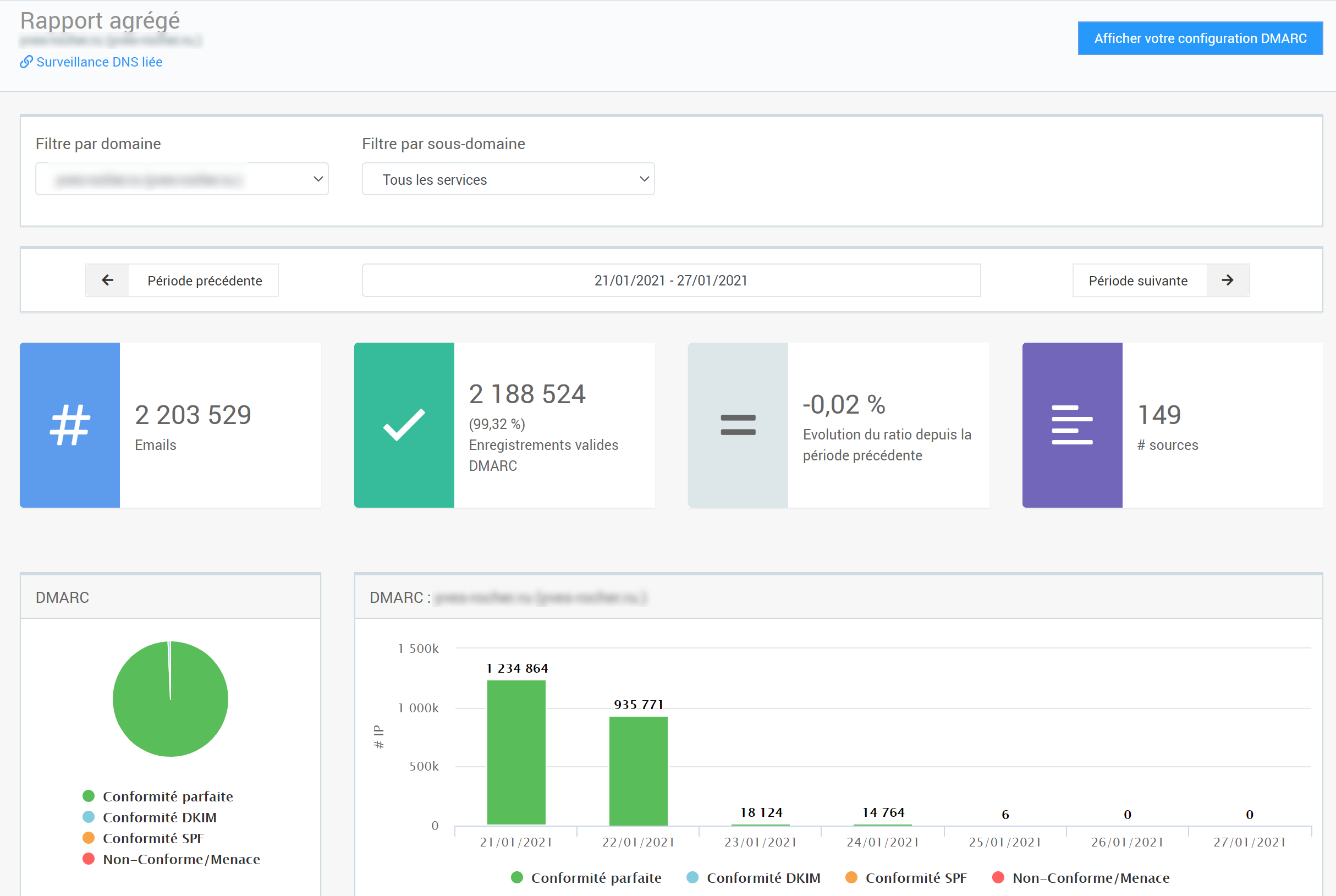Support
Merox, as a commercial SaaS product, typically offers dedicated customer support channels. We have experienced responsive assistance through various methods, including email, in-app chat, and often knowledge bases. For paid tiers, access to priority support or even dedicated account managers is common, which can be invaluable for navigating complex DMARC deployments or troubleshooting unexpected issues.
The support team is generally well-versed in DMARC protocols and platform specifics, capable of guiding users through configurations, interpreting reports, and advising on policy adjustments. We find that the availability of human-assisted support significantly enhances the user's ability to leverage the platform effectively and address critical email deliverability challenges without extensive self-research.
ELK DMARC, being an open-source project, relies primarily on community-driven support. This means that assistance typically comes from forums, GitHub issues, and shared documentation, rather than a dedicated support team. While the open-source community can be very helpful and knowledgeable, response times can vary, and direct, personalised guidance is not guaranteed.
For technical users comfortable with self-sufficiency and troubleshooting, this model can work well. However, if we encounter a unique issue or require immediate assistance, we might find ourselves without direct professional support. We need to be prepared to dive into the code or community discussions to resolve problems. This self-service approach is a fundamental aspect of open-source software.
































 0 / 5(0)
0 / 5(0) 0 / 5(0)
0 / 5(0)

